Search Results for: brioche
Why is brioche such a great dough for cinnamon rolls?
For one because it’s handy. Bakeries tend to like doughs that are multi-taskers, and is brioche ever one of those. You can use it for brioche (obviously), both loaves and têtes, monkey bread, doughnuts, cinnamon rolls, the list goes on. But then I suppose the question becomes why is brioche so darn useful? If I […]
READ ONBasic Brioche Dough
Here’s a standard brioche dough that will make twelve 1.6-ounce brioche à têtes, one single loaf, or a batch of cinnamon (a.k.a. “sticky”) buns. Start by putting into a bowl: 2 tablespoons milk 1 tablespoon sugar 1/4 teaspoon instant yeast 3 ounces all-purpose flour 1 egg Stir all of it together withe a fork until […]
READ ONItalian Easter Bread Recipe
What we have here is something similar to brioche, though not as fussy. You mix it all together in one step (no beating in the butter once the dough is made) and let it rise as you would any bread dough. The result is a bread that’s still quite soft and rich, but without the explosive rise of brioche, which in this context is a good thing. You’ll need:
4 ounces (1/2 cup) butter
6 ounces (3/4 cup) milk
1 lb. 1. 1/2 ounces (3 1/2 cups) all-purpose flour
2 1/4 teaspoons instant yeast
1 teaspoon salt
1/2 teaspoon cinnamon
zest of one orange
1/2 cup sugar
2 eggs, lightly beaten
6-8 hard boiled eggs, dyed Easter colors
egg wash
Next Up: Italian Easter Bread
I know I’ve been spending a lot of time in Italy lately, but the food is good so why not? Plus who can resist braided brioche with a dyed hard-boiled egg baked in the middle? My girls are going to go nuts and the breads will look amazing on the Easter table. I promise to […]
READ ONThe Death of Dessert?
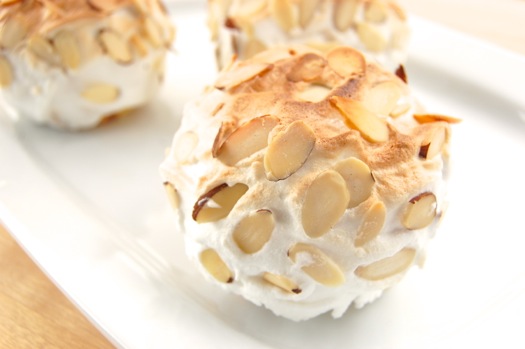
I was recently reminded that I neglected to comment on a couple of interesting articles from the Washington Post that appeared last month discussing the decline of dessert. Not the decline of sweets or pastries mind you, but the decline of dessert as a meal course. Dessert, so claims reporter Roberto Ferdman, is a happening that’s vanishing both in the restaurant and in the home. The chief culprit isn’t health or calorie concerns, but time.
Only 12 percent of dinners eaten at home in the United States ended with something sweet last year, the lowest reading in more than 30 years, according to data from market research firm NPD group. Just 10 years ago, in 2004, 15 percent of families indulged after the main course. And 28 years ago, in 1986, the number was nearly 25 percent.
READ ON
Making Melba Toast
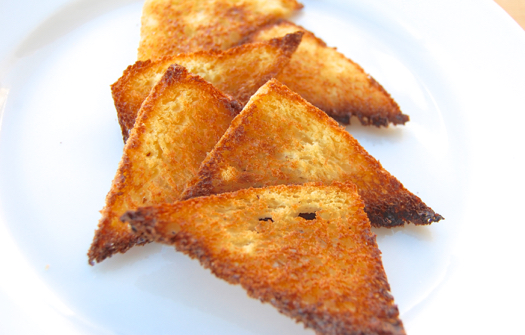
The operative logic behind melba toast seems to be: if you’re going to eat nothing you might as well make it interesting. There’s no question that Escoffier did as much as he could with what he had to work with here. This is as interesting as dry toast gets. Start by turning on your oven’s broiler and procuring some bread. If it’s already a little stale, so much the better. This is some leftover brioche because honestly plain white bread was too much nothing even for me.
READ ONBack to the Battle of Vienna
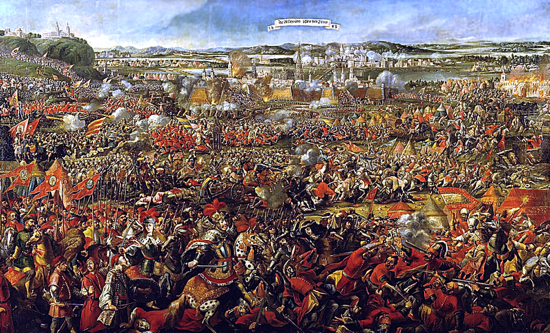
Very early on in the evolution of joepastry.com I noticed something odd about baking and pastry history. Specifically that much of it led back to the same event in European history: the Battle of Vienna in 1683. The development of this bread can be traced back to the Battle of Vienna in 1683. I seemed to find lines like that everywhere. This pastry originated at the Battle of Vienna in 1683. Food historians trace the croissant, brioche, bagels, kipfel, rugelach (and undoubtedly many others) back to it. It’s the reason I came to call the Battle of Vienna the most baking-intensive conflict in the history of man.
So what exactly was the Battle of Vienna of 1683? Though most people today aren’t familiar with it, it was quite possibly the critical battle in early modern European history. It was the point at which the Ottoman Turks — who at the time seemed poised overrun northern Europe and in the process extinguish centuries of European tradition, Christian rule, the Westphalian nation state system and emerging concepts of individual rights and democracy — were routed by a combined army of Habsburgs and Poles. As I said we don’t think much about the battle now, but at the time it was considered, you know, important.
READ ONHoliday Baking Triumphs & Disasters
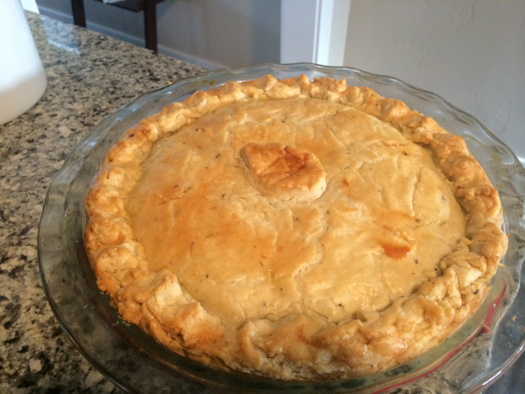
This isn’t so much a post as a request for submissions from anyone who might have experienced either one during Easter or Passover. Geek Lady made the excellent suggestion since she had a little of both over the weekend. Post-holiday posts like this might make a good tradition here on Joe Pastry, but let’s see how this one goes first. Make any submissions via the email link on the upper left and I’ll put ’em up! Feel free to include supplemental comments if desired…though keep them on the short side if you will!
READ ONMaking Bee Sting Cake (Bienenstich)
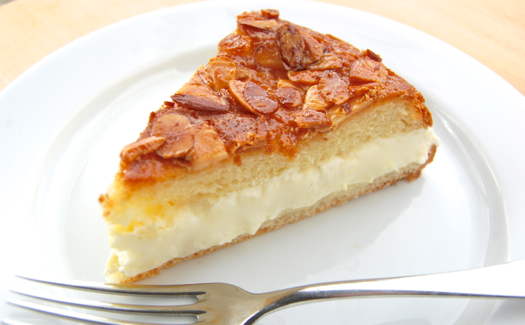
The whole thing disappeared off my platter in about 35 seconds yesterday, if you need an indication of how your friends will receive your bee sting cake. I went out to deliver a slice to a next-door neighbor and shortly two or three others emerged out of doorways and cars. They gobbled down the slices I gave them, then did the same with others that I’d intended for their spouses. “My wife needs to learn to be more social,” my neighbor Charles said through a mouthful. “Let this be a lesson to her!” What was that we were saying about drones below?
READ ON